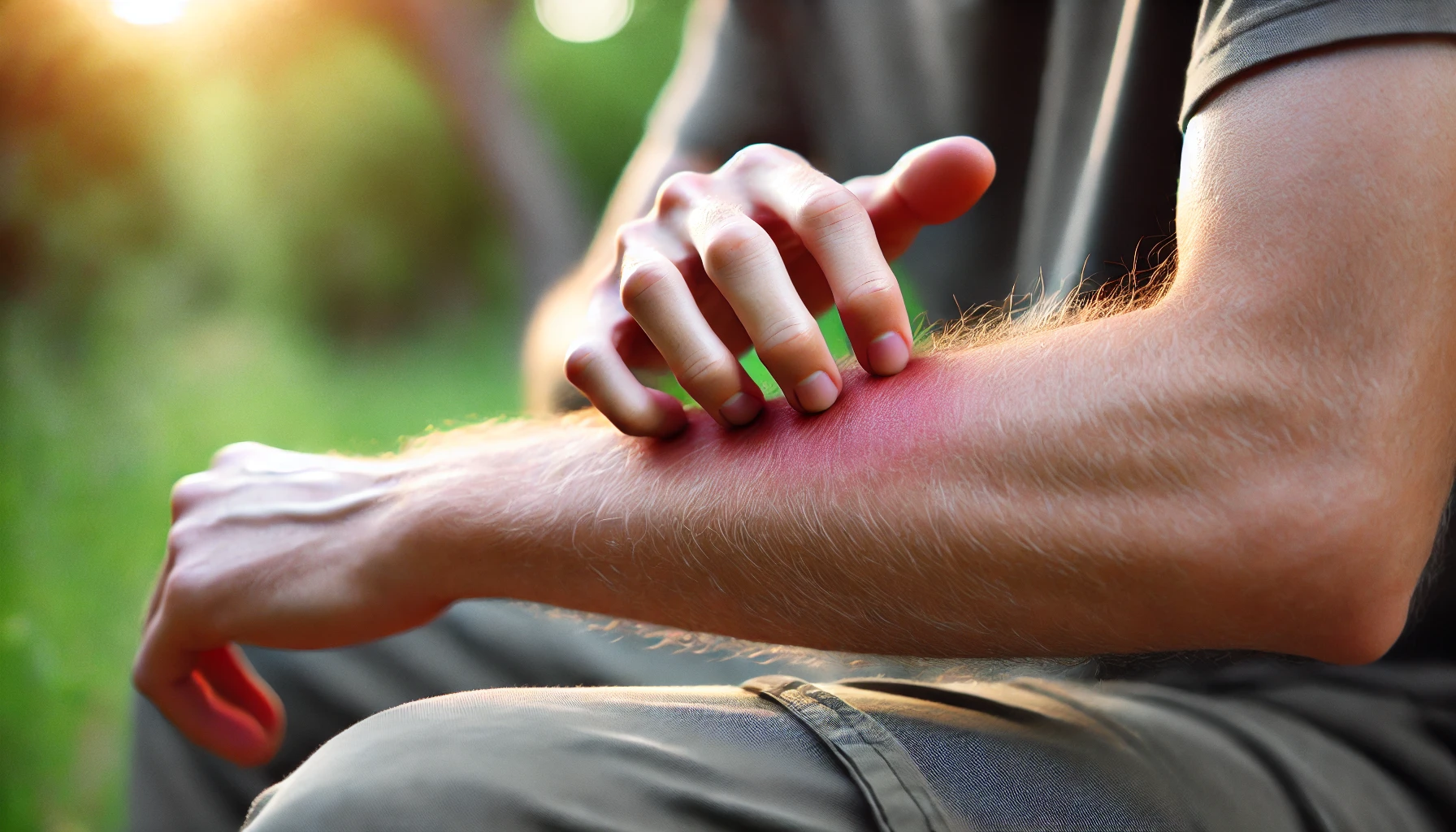Understanding jock itch
Check out this answer from Consensus:
Jock itch is a bothersome but manageable condition. With proper treatment and preventive measures, individuals can effectively control and prevent this common fungal infection. Understanding the risk factors and symptoms can help in early diagnosis and treatment, ensuring minimal discomfort and a quick recovery1 2 3 5.
Jock itch, medically known as tinea cruris, is a common fungal infection that affects the skin of the groin area. It is primarily caused by dermatophytic fungi, which thrive in warm, moist environments. This condition is more prevalent in men and those who are obese, as well as individuals who wear tight clothing or live in warm, humid climates1 3 5.
Symptoms and Diagnosis
Jock itch typically begins as a red patch in the groin area. As the infection spreads, the lesions become larger and more numerous, often with partially cleared centers and slightly elevated borders. The symptoms can extend to the inner thighs and buttocks, causing significant itching and irritation. Notably, the scrotum is usually not affected in most males3. The condition is easily diagnosed based on its characteristic appearance and symptoms1.
Types of Jock Itch
There are three major types of jock itch:
- Mechanical Intertrigo (Chafing): Caused by friction and moisture, leading to skin irritation.
- Dermatophytosis (Superficial Fungal Infection): The most common type, caused by dermatophytic fungi.
- Candidiasis (Yeast Infection): Caused by Candida species, often in individuals with compromised immune systems2.
Risk Factors
Several factors increase the risk of developing jock itch, including:
- Wearing tight-fitting clothing
- Excessive sweating
- Warm weather
- High humidity
- Obesity
- Use of corticosteroids3 5
Treatment and Prevention
Treatment for jock itch involves the use of antifungal medications, which can be applied topically or taken orally, depending on the severity of the infection. Keeping the groin area cool and dry is crucial for both treatment and prevention. This can be achieved by wearing loose-fitting clothes, maintaining good hygiene, and using cool compresses to relieve swelling and inflammation1 2.
Low-potency steroid creams may be used to alleviate inflammation, but stronger steroids should be avoided as they can cause skin thinning (atrophic striae)2. After the infection clears, preventive measures should be taken to avoid recurrence, such as keeping the area dry and cool and avoiding tight clothing1.
